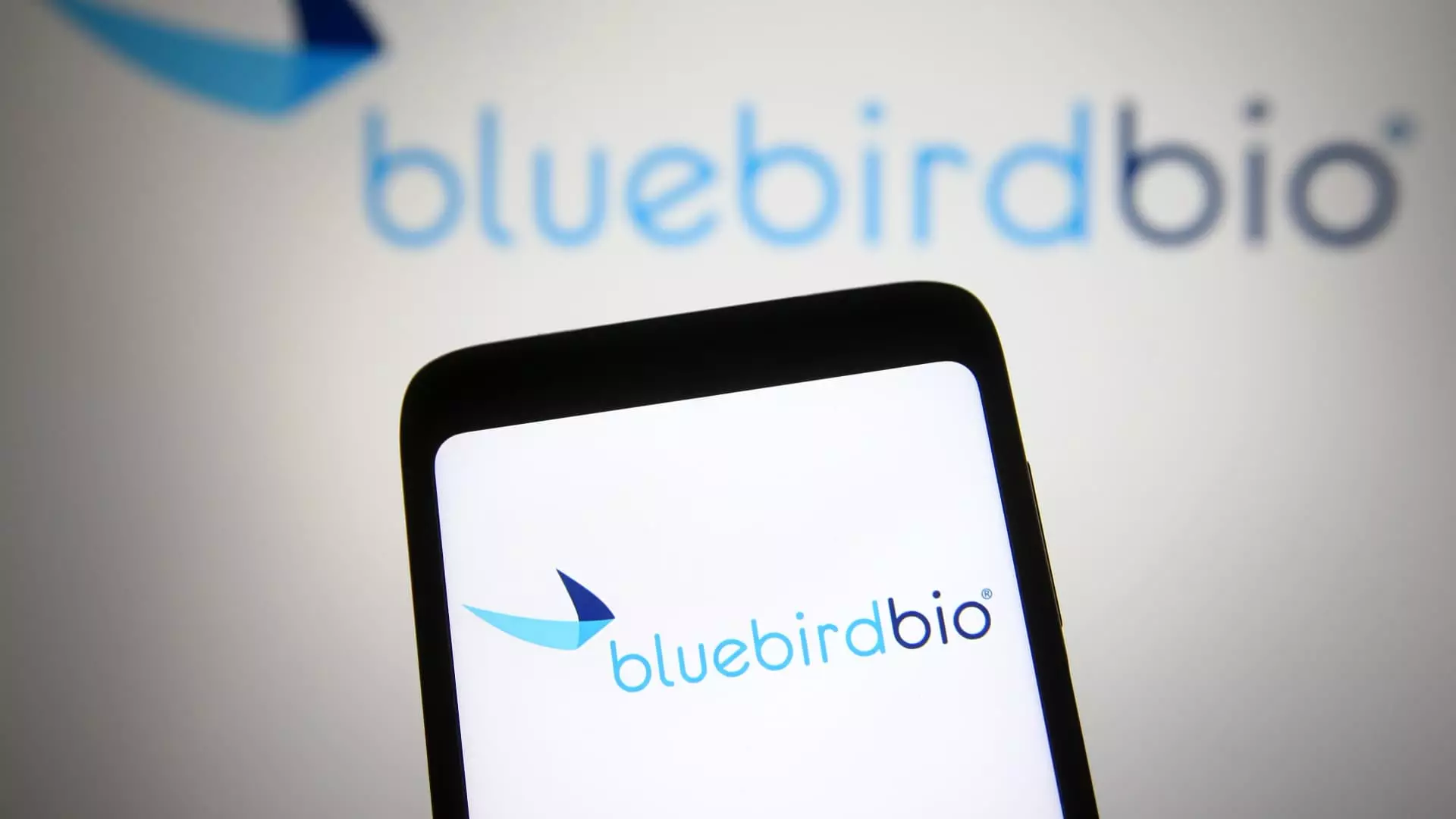The recent announcement that Bluebird Bio will sell itself to private equity giants Carlyle and SK Capital for a mere $30 million signals a profound transformation for a company once considered a frontrunner in genetic therapies. After soaring to dizzying heights with a market capitalization of nearly $9 billion, Bluebird’s descent into financial turmoil is stark, leaving both shareholders and patients reeling in its wake.
For over three decades, Bluebird Bio stood at the cutting edge of biomedicine, developing groundbreaking methods aimed at curing genetic disorders through its innovative gene therapies. This ambitious vision attracted considerable investment, and at one point, it seemed they were on the verge of achieving unprecedented breakthroughs. However, as the company faced multiple scientific setbacks, its situation became increasingly precarious. The company’s rebranding and the subsequent establishment of 2Seventy Bio as a separate entity to focus on oncology also impacted Bluebird’s revenue streams, diluting its financial stability even further.
The fall from grace became apparent starting in 2018 when alarming safety concerns were raised following reports of adverse effects, including cancer in patients treated with their therapies. Although Bluebird defended its treatment protocol, this revelation initiated a cascade of skepticism around the safety of gene-altering technologies. Following this incident, the company’s fortunes began to plummet, culminating in a drop in its market value to approximately $41 million.
Bluebird’s troubles didn’t end with scientific challenges. The commercial landscape for gene therapies has grown increasingly complex, marked by resistance from payers and questions surrounding pricing strategies. The launch of Zynteglo in Europe, priced at an eye-watering $1.8 million per patient, faced intense scrutiny, leading to Bluebird’s decision to withdraw the treatment from the European market. This dramatic retreat, just two years after Zynteglo’s approval, exemplifies the difficulties biotech companies face in establishing sustainable economic models.
Moreover, despite recent approvals for several therapies targeting various blood disorders and neurological diseases, none have managed to pivot Bluebird away from its financial woes. The company has been burning through hundreds of millions annually without generating sufficient revenue to support its operations. The latest indication of trouble came in a November update, which suggested that Bluebird’s cash reserves would only sustain operations through Q1 of the following year.
The $30 million sale serves as a poignant reminder of the high stakes and fragile nature of the biotech landscape. This outcome starkly contrasts with Bluebird’s former CEO Nick Leschly’s gains, which amounted to $80 million from stock sales during a more prosperous period. Such disparities raise ethical questions regarding leadership accountability, especially considering the transformative potential of Bluebird’s therapies, which have been lauded by patients desperate for these ceaselessly promoted cures.
This disillusionment would resonate deeply with the patients who believed in Bluebird’s promise. Reports from grateful recipients of treatments like Zynteglo underscore the personal stakes involved; these therapies have indeed proven life-changing for individuals who often had few, if any, alternatives to manage their genetic disorders. However, the broader narrative that emerges is one where even revolutionary science struggles to find a foothold within a profit-driven system.
Bluebird’s decline casts a somber light on the realities facing other biotech firms developing gene therapies. The sector is rife with uncertainty, and Bluebird has become emblematic of the industry’s broader challenges. Competing therapies from companies like Vertex and Pfizer are finding similar hurdles; growth has stalled amidst consumer skepticism and disappointing uptake rates.
This situation leads to essential questions: Can the promise of one-time gene therapies be transformed into viable business models? What mechanisms can be instituted to ensure that breakthroughs are not only scientifically significant but also commercially sustainable? Bluebird’s emblematic fall serves as both a cautionary tale and a rallying call for innovation and accountability in the biotechnology sector. As the industry grapples with these questions, the hope is that meaningful lessons will be drawn from Bluebird’s tumultuous journey, ensuring that the vision of transformative therapies does not remain just that—an unfulfilled promise.

